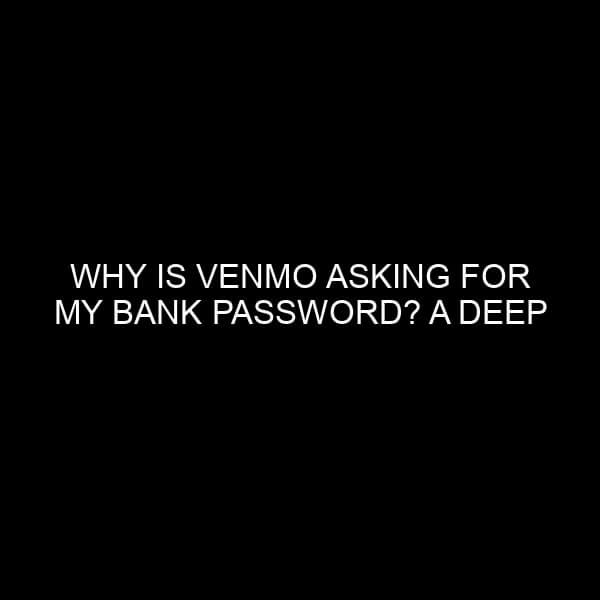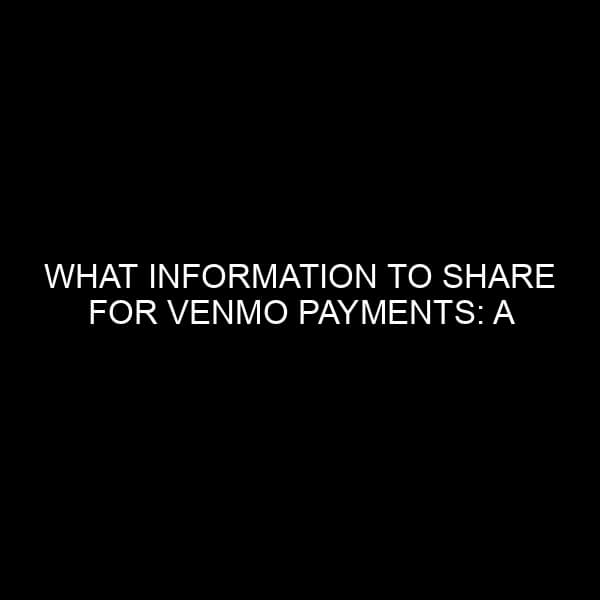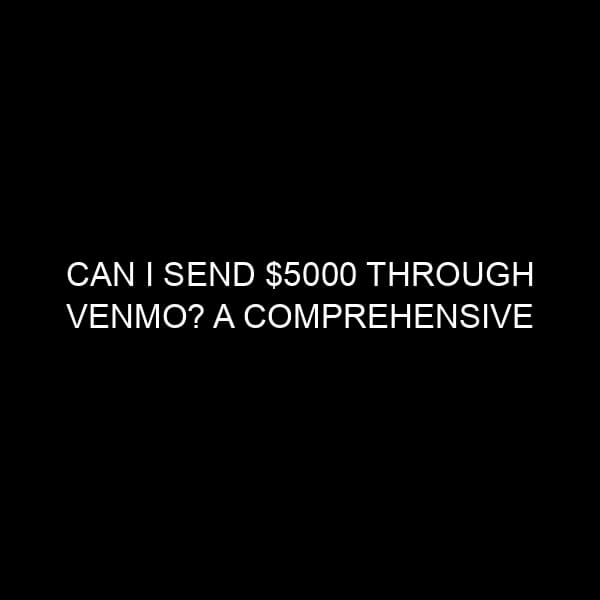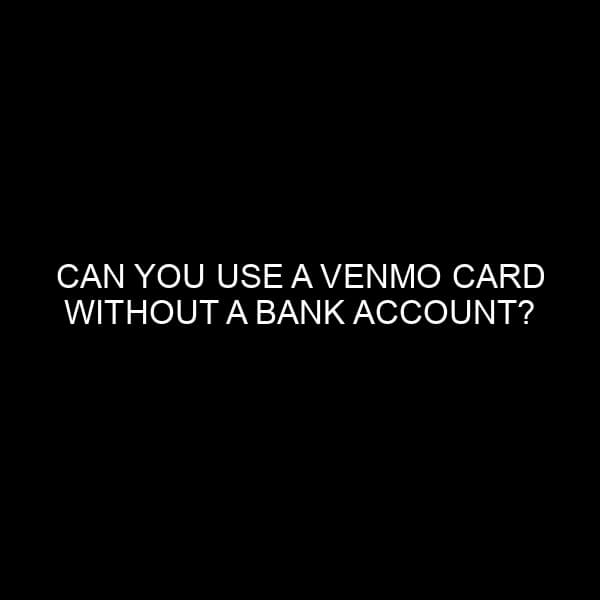Why is Venmo Asking for My Bank Password? A Deep Dive into the Financial Market and Banking Security
Venmo, a popular peer-to-peer payment platform owned by PayPal, has made sending and receiving money as simple as sending a text message. However, the convenience often leads to the question: “Why does Venmo need my bank password?” This question might raise eyebrows, especially among those with a deep understanding of financial market operations and banking security. Let’s delve deeper into the rationale behind this requirement.
The Basics of Peer-to-Peer (P2P) Platforms and Banking Integration
Before understanding the need for your bank password, it’s pivotal to grasp how P2P platforms like Venmo function. Venmo’s primary objective is to allow users to quickly transfer money between each other. For this to be possible, Venmo needs access to your bank account or a linked debit/credit card. They need this to ensure the availability of funds, facilitate transfers, and make withdrawals.
Banking Authentication: This is where your bank password comes into play. In the traditional financial world, authentication was primarily physical – think of it as going to the bank, presenting your ID, and then getting service. In the digital space, this ‘ID’ is your banking credentials.
Third-party Services: Venmo uses services like Plaid to securely connect your bank account to their platform. Plaid, for instance, acts as an intermediary and communicates with the bank on Venmo’s behalf, ensuring a safe transfer of data.
Addressing the Elephant in the Room: Is it Safe?
This is the burning question. If I am giving out my password, is it safe?
Encryption: Services like Venmo and Plaid don’t store your credentials. Instead, they use them once to establish a connection with your bank and then create encrypted tokens for further interactions. These tokens are meaningless outside of the direct transaction context, which adds a layer of security.
Data Protection Laws: Companies operating in the financial sector are bound by strict data protection laws. For example, in the U.S., there’s the Gramm-Leach-Bliley Act (GLBA) which ensures the confidentiality and security of consumer financial information. Breaching these regulations can lead to hefty penalties.
Regular Audits: Being a part of the PayPal family, Venmo undergoes regular security audits to ensure the safety of its users’ data.
The Financial Market’s Take on Such Practices
Within the banking industry and the broader financial market, there’s an understanding that technology will continuously redefine how transactions are done.
Innovation vs. Security: Historically, the financial market has always been a tug-of-war between innovation and security. While new platforms like Venmo bring unparalleled convenience, they also raise new security questions. However, with the backing of giants like PayPal and the integration of third-party services specializing in secure financial data handling, these platforms have managed to find a balance.
Trust Factor: Financial markets operate on trust. For platforms like Venmo to thrive, they need users to trust them with their money. Any major security mishap would be detrimental to their business model, which is why they invest heavily in ensuring that their systems are foolproof.
Best Practices for Users
While platforms like Venmo take extensive measures to secure your data, users also have a part to play.
- Use Strong Passwords: Make sure you’re using a unique and strong password for your banking and Venmo accounts.
- Two-factor Authentication: Always activate two-factor authentication wherever possible.
- Monitor Accounts: Regularly monitor your bank and Venmo accounts for any unauthorized activity.
- Be Cautious: Avoid logging into financial accounts from shared or public computers.
Conclusion
The evolution of the financial market in the digital age brings with it new paradigms and practices. Venmo asking for your bank password is a reflection of this digital transformation, aiming to seamlessly connect traditional banking with modern peer-to-peer transaction platforms. The underlying processes, supported by encryption, third-party intermediaries, and strict compliance regulations, ensure user security. As with all financial dealings, users must remain vigilant and employ best practices to safeguard their assets. The future of banking is digital, and with awareness and caution, it can be both convenient and secure.






